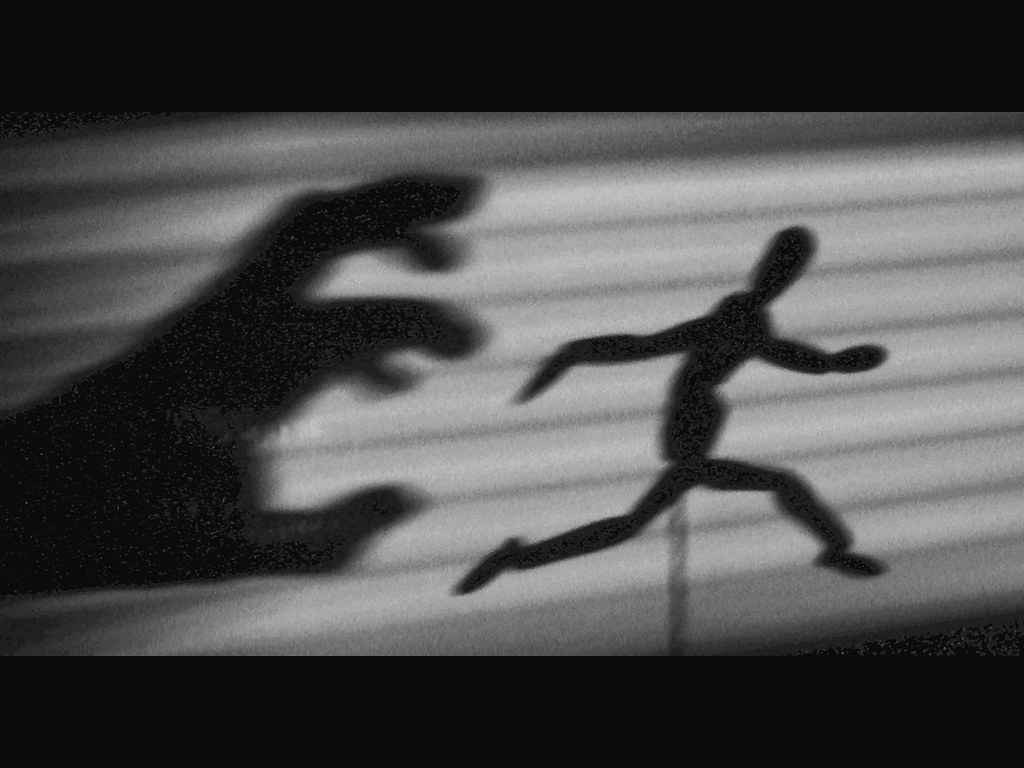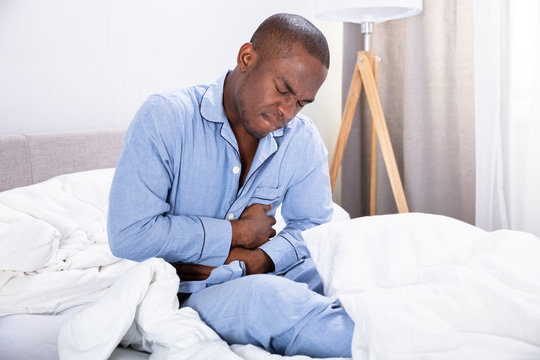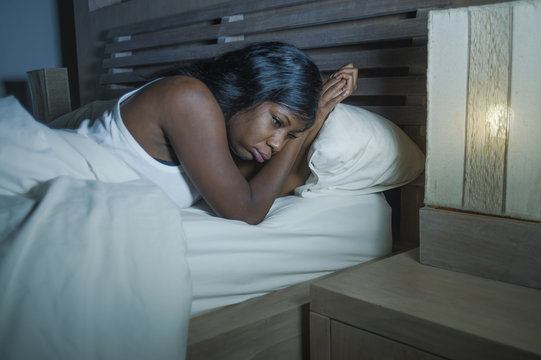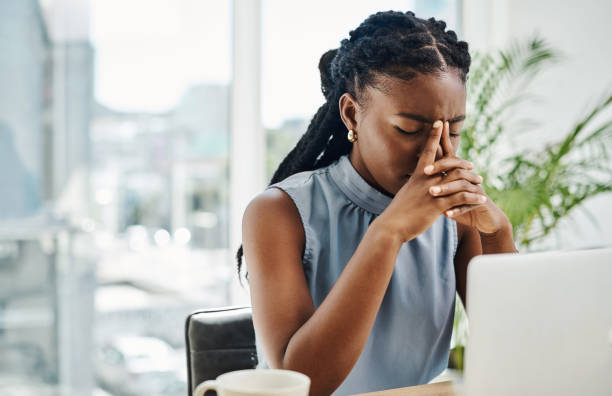Types of Phobias: Symptoms, Causes, and Treatments
Fear is a normal human emotion, but when it becomes extreme, persistent, and disrupts daily life, it is called a phobia. Phobias are often linked to a specific object or situation, and just thinking about the trigger can cause intense anxiety or even panic attacks.
People with phobias may go to great lengths to avoid their triggers, which, unfortunately, affects work, school, relationships, and overall quality of life.
What is a Phobia?
A phobia is a diagnosable anxiety disorder marked by uncontrollable fear of a specific object, situation, or circumstance. Unlike normal fear, phobias are exaggerated and can last for six months or more.
Who is Affected by Phobias?
Phobias affect around 19 million people worldwide, though many cases go unreported. They usually begin in childhood or early adolescence (ages 1–15). Research shows that women are more likely than men to develop phobias.
According to the American Psychiatric Association (APA), the three main categories of phobias are:
- Specific Phobia: Irrational fear of a single object or situation (e.g., snakes, spiders).
- Social Phobia (Social Anxiety): Fear of being judged, embarrassed, or singled out in social settings.
- Agoraphobia: Fear of situations where escape may be difficult, such as crowds, buses, or enclosed spaces. This fear arises from the thought that there will be no easy way to leave or seek help if the anxiety grows. They have a hard time being at ease in comfortable public areas. Severe cases may prevent people from leaving their homes.
How the Brain Works During a Phobia
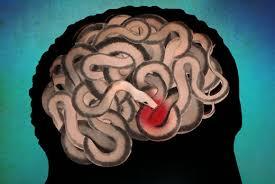
Phobias are linked to the amygdala, the part of the brain responsible for fear responses. When someone faces their phobia trigger, the amygdala activates “fight-or-flight” hormones, keeping the body in a constant state of alert, even if the danger is not real.
This is why phobias can feel so overwhelming: the brain reacts as if survival is at stake.
Symptoms of Phobias
When a person is exposed to the source of fear, a fear attack occurs, resulting in an out-of-control feeling of worry. This experience makes you feel as if the source of your dread must be avoided at all costs, that you are unable to carry out your responsibilities, and that you are having a reaction to the trigger.
When exposed to a trigger, a person with a phobia may experience:
- Excessive sweating and racing heartbeat
- Shaking or trembling
- Chest tightness or pain
- Difficulty breathing or dizziness
- Dry mouth
- Confusion or disorientation
- Strong urge to escape the situation
- Fear of losing control or detachment from reality
The 12 Most Common Phobias
While there are hundreds of known phobias, these are among the most common:
- Claustrophobia – Fear of confined spaces
- Aerophobia – Fear of flying
- Arachnophobia – Fear of spiders
- Driving phobia – Fear of driving
- Emetophobia – Fear of vomiting
- Erythrophobia – Fear of blushing
- Hypochondria – Fear of illness
- Zoophobia – Fear of animals
- Aquaphobia – Fear of water
- Acrophobia – Fear of heights
- Escalaphobia – Fear of escalators
- Tunnel phobia – Fear of tunnels
Note: Anything can become a phobia depending on personality, past experiences, and environment.
Causes of Phobias
Phobias can develop due to:
- Traumatic past experiences
- Learned behaviors (e.g., from family)
- Stress or anxiety disorders
- Genetics and hereditary factors
Epidemiology of Phobias
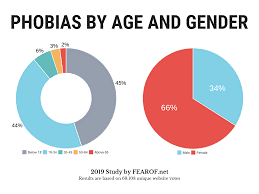
According to the World Mental Health Survey,
- The cross-national lifetime prevalence of specific phobia is 7.4%, and the 12-month prevalence is 5.5%.
- The rates are higher in females (lifetime: 9.8%; 12-month: 7.7%) compared to males (lifetime: 4.9%; 12-month: 3.3%).
- Prevalence is greater in high- and higher-middle-income countries versus low-/lower-middle-income countries.
- The median age of onset for specific phobia is 8 years.
Treatment Options for Phobias
1. Cognitive Behavioral Therapy (CBT)

The most widely used treatment for phobias. It involves:
- Identifying negative thoughts and fears
- Gradual exposure to the phobia trigger in a safe environment
- Developing healthier coping mechanisms
(Newer methods also use virtual reality exposure therapy.)
2. Behavioral Therapy (Exposure Therapy)
Helps patients slowly face their fears with professional guidance, reducing sensitivity over time.
3. Medication

In some cases, doctors prescribe:
- Beta-blockers (reduce physical symptoms like rapid heartbeat)
- Antidepressants such as Serotonin reuptake inhibitors are routinely recommended for individuals with phobias. They affect serotonin levels in the brain, leading to better moods. Also, tricyclic antidepressants (TCA), such as clomipramine or Anafranil, have been discovered to help with phobia symptoms.
- Tranquilizers: Benzodiazepines are a type of sedative taken to treat phobias. In addition, they help in alleviating anxiety symptoms.
Phobias are common but treatable. The first step is recognizing your fear and seeking help. With the right combination of therapy and, if necessary, medication, it is possible to manage phobias and regain control over your life.

